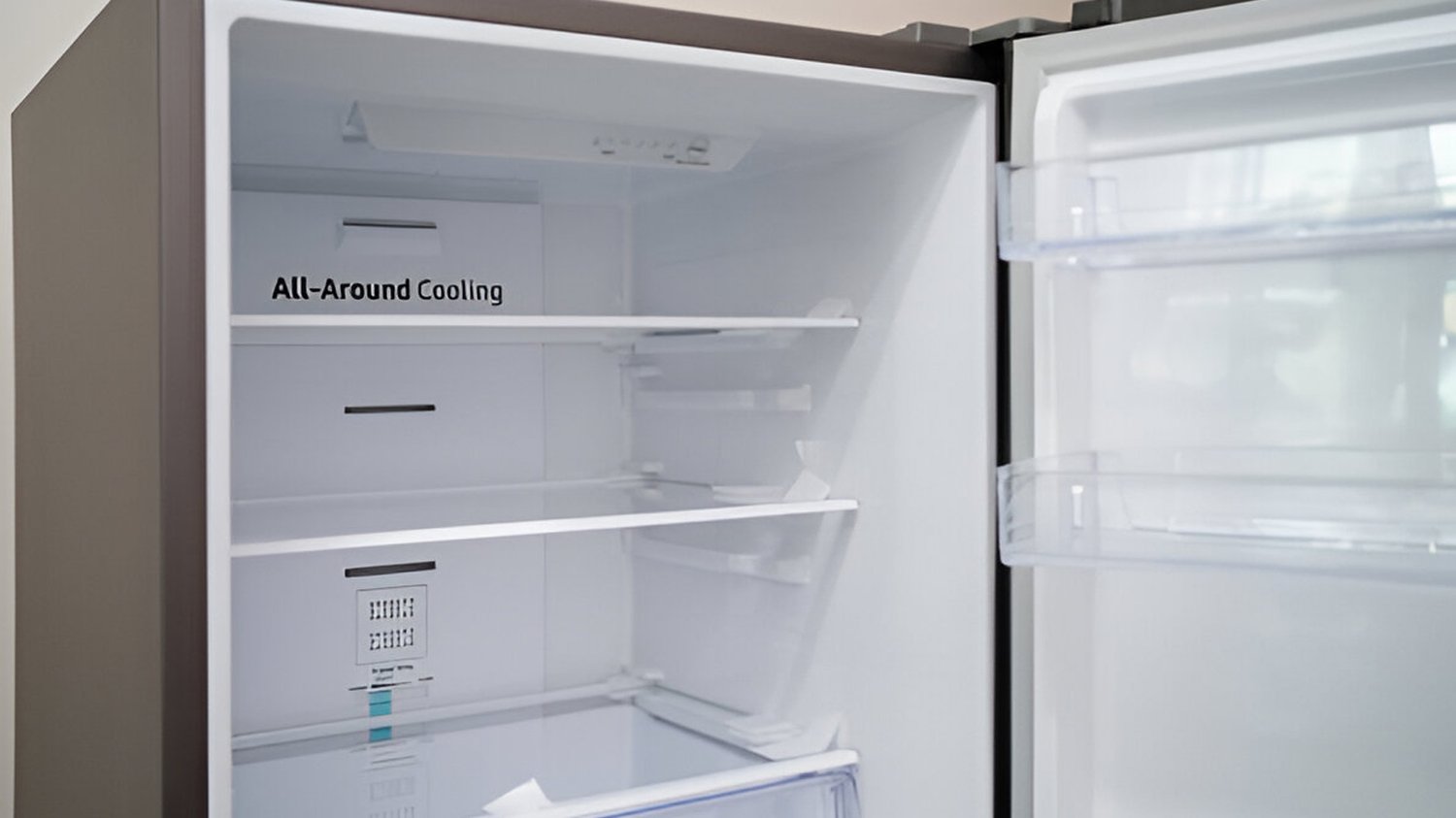Fixing Common Cooling Problems with Refrigerator Parts
If you have a refrigerator, you know how important it is to keep it in good working order. A malfunctioning or poorly operating refrigerator can lead to spoiled food and wasted money. In this article, we'll discuss some common cooling problems with refrigerators and offer solutions using refrigerator parts.
1. Refrigerator Not Cooling Enough
If your refrigerator isn't cooling enough, the first thing to check is the temperature setting. It should be set to between 35 and 38 degrees Fahrenheit. If the setting is correct, the problem could be caused by a faulty thermostat or temperature sensor. You may need to replace these parts to fix the issue.
2. Refrigerator Too Cold
If your refrigerator is too cold, it can freeze food and cause damage to the unit. This can be caused by a faulty thermostat, temperature sensor, or control board. It's important to check the temperature setting and ensure it's set to the correct range. If that doesn't solve the problem, you'll need to replace the faulty parts.
3. Refrigerator Making Strange Noises
If your refrigerator is making strange noises, such as clicking or knocking sounds, it could be caused by a faulty compressor or fan motor. These parts can wear out over time and need to be replaced. If you hear a hissing sound, it could be a leaking refrigerant, which is a serious problem that requires professional repair.
4. Refrigerator Door Seal Not Working
If your refrigerator door seal isn't working properly, cold air can escape, which can cause the unit to work harder and lead to higher energy bills. To check the seal, close the door on a piece of paper and see if it slides out easily. If it does, the seal needs to be replaced.
5. Refrigerator Not Dispensing Ice
If your refrigerator isn't dispensing ice, the problem could be caused by a faulty ice maker or dispenser motor. These parts can wear out over time, especially if the unit isn't properly maintained. If you need to replace these parts, it's important to use high-quality refrigerator parts that fit your specific model.
6. Refrigerator Not Dispensing Water
If your refrigerator isn't dispensing water, the problem could be caused by a clogged water filter or faulty water valve. The water filter should be changed regularly to ensure it's not clogged. If that doesn't fix the problem, the water valve may need to be replaced.
7. Refrigerator Frost Buildup
If your refrigerator has frost buildup, it could be caused by a faulty defrost thermostat or heater. These parts ensure that frost doesn't build up in the unit. If they're not working properly, you'll need to replace them to prevent the buildup of frost and ice.
8. Refrigerator Not Running
If your refrigerator isn't running at all, the problem could be caused by a faulty thermostat, control board, or compressor. It's important to diagnose the problem and replace the faulty part to get the unit up and running again.
9. Refrigerator Leaking Water
If your refrigerator is leaking water, it could be caused by a clogged defrost drain or faulty water inlet valve. The defrost drain should be cleared regularly to prevent clogs. If the water inlet valve is faulty, it will need to be replaced.
10. Refrigerator Smelly
If your refrigerator is smelly, the cause could be rotten food, dirty condenser coils, or a clogged drain pan. It's important to clean the unit regularly to prevent odors from developing. If the problem persists, you may need to replace the drain pan or other parts to eliminate the smell.
Conclusion
Refrigerators are essential appliances that require regular maintenance to keep them in good working order. By diagnosing and fixing common cooling problems with refrigerator parts, you can ensure your unit works efficiently and effectively for years to come.

